Black tortie cats, also known as black tortoiseshell cats, are a fascinating and beloved breed among cat enthusiasts. These cats boast a distinctive coat pattern that combines striking patches of black and red/orange, creating a unique and visually stunning appearance. Each black tortie cat has its pattern, making them truly one-of-a-kind.
Beyond their captivating looks, black tortie cats are known for their spirited and independent personalities. Often described as having “tortitude,” they can be playful, affectionate, and full of character, adding a vibrant energy to any household.
Their beauty and distinctive temperament have made black tortie cats incredibly popular among cat lovers, who cherish their unique qualities and the joy they bring to their homes.
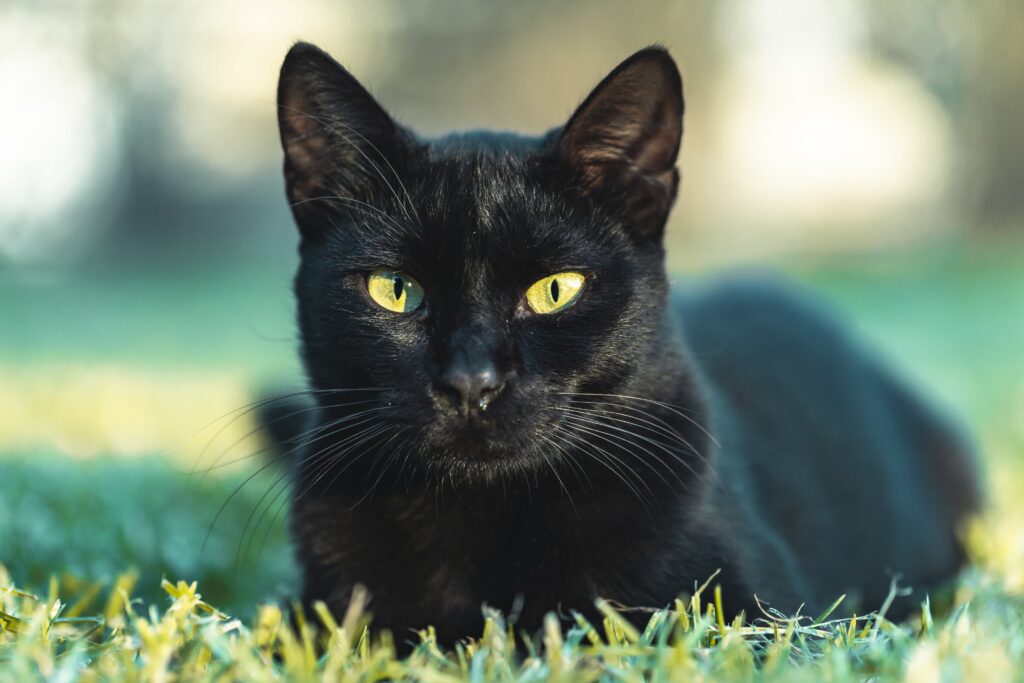
What is a Black Tortie Cat?
A black tortie cat, short for black tortoiseshell cat, is a feline known for its distinctive coat pattern that combines patches of black and red/orange. This unique and often mottled pattern creates a visually striking appearance, with each cat sporting its unique mix of colors and shapes. Unlike other coat patterns, tortoiseshells lack white fur, distinguishing them from calico cats which have white along with black and orange patches.
Black tortie cats have an intriguing genetic heritage that is strongly correlated with their gender. The X chromosome is connected to the tortoiseshell pattern. Because they have two X chromosomes (XX), female cats can have fur that is either reddish-orange or black. When both of the color genes on each X chromosome are activated, the result is a mixed tortoiseshell pattern.
Rare in nature, male tortie cats are typically the product of a genetic defect. Male cats should only exhibit one color since they normally have one X and one Y chromosome (XY). Nevertheless, a male cat with an extra X chromosome (XXY) may occasionally display the tortoiseshell pattern. Because of the genetic abnormality, these male torties frequently become sterile.
The Unique Coat of Black Tortie Cats
The coat of a black tortie cat is a tapestry of rich, dark hues interwoven with vibrant patches of red or orange. This distinctive combination creates a unique and mesmerizing appearance for each cat. The tortoiseshell pattern is typically mottled or brindled, with the colors appearing in a seemingly random and beautiful mosaic across the cat’s body.
Description of the Coat Patterns and Colors
Black tortie cats exhibit a mix of black and red/orange patches that can vary greatly in size and shape. The black can range from a deep, jet-black to a softer, charcoal shade, while the red/orange patches can span from a light, fiery orange to a deep, reddish-brown. This mix of dark and bright colors creates a striking contrast, making each cat’s coat a unique work of art.
Variations in the Tortoiseshell Pattern
No two black tortie cats look exactly alike, as the distribution of black and red/orange patches is unique to each cat. Some torties may have large, bold patches of color, while others might display a finer, more blended mix. The pattern can also include subtle variations such as faint tabby stripes or a smattering of lighter colors interspersed with the dominant hues. The randomness of the color distribution ensures that each black tortie cat has its individual and distinctive appearance.
How the Patterns Develop and Change Over Time
The development of the tortoiseshell pattern begins in the womb, influenced by the activation of the X chromosomes carrying the color genes. As the kitten grows, the colors and patterns emerge and settle into their unique arrangement. Interestingly, the tortoiseshell pattern can change slightly over time. As the cat ages, the colors may deepen or lighten, and new patches of color may become more prominent, especially if the cat experiences changes in its health or environment.
The Genetics Behind Black Tortie Cats
The genetics behind the captivating coat of black tortie cats is a fascinating blend of biology and chance, primarily involving the X chromosome. Understanding the genetic mechanism helps explain why these cats have such unique patterns and why male black tortie cats are so rare.
Explanation of the Genetic Mechanism (X Chromosome Involvement)
The tortoiseshell pattern in cats is linked to the X chromosome, which carries the genes responsible for black and red/orange fur colors. Female cats have two X chromosomes (XX), allowing them to inherit and express both color genes. During development, one of the X chromosomes in each cell randomly inactivates X-inactivation or lyonization. This inactivation leads to the expression of either the black or red/orange gene in different patches of the cat’s fur, resulting in the distinctive tortoiseshell pattern.
Why Male Black Tortie Cats are Rare and Often Sterile
Male cats typically have one X and one Y chromosome (XY), which generally means they can express only one of the color genes linked to the X chromosome, resulting in either a black or red/orange coat but not both. However, on rare occasions, a male cat may have an extra X chromosome (XXY), a condition known as Klinefelter syndrome. This genetic anomaly allows the male cat to exhibit the tortoiseshell pattern since it has two X chromosomes like a female. Unfortunately, this extra chromosome usually leads to sterility in male tortie cats due to the chromosomal imbalance affecting their reproductive system.
Interesting Facts About the Genetics of Coat Color
- Mosaicism: The random X-inactivation in female tortie cats creates a mosaic of fur colors, making each cat’s pattern unique. This genetic phenomenon is a perfect example of how genetic diversity can manifest in physical traits.
- Color Variations: The specific shades of black and red/orange can vary depending on other genetic factors, such as the presence of dilution genes that can lighten the colors, resulting in blue-cream tortoiseshells.
- Health and Coat Changes: A cat’s health can sometimes influence coat color. For example, hormonal changes or stress can cause shifts in pigmentation, leading to subtle changes in the tortoiseshell pattern over time.
- Sterility in Male Torties: The XXY condition not only affects the reproductive capability of male tortie cats but also makes them more susceptible to certain health issues, like metabolic and endocrine disorders.
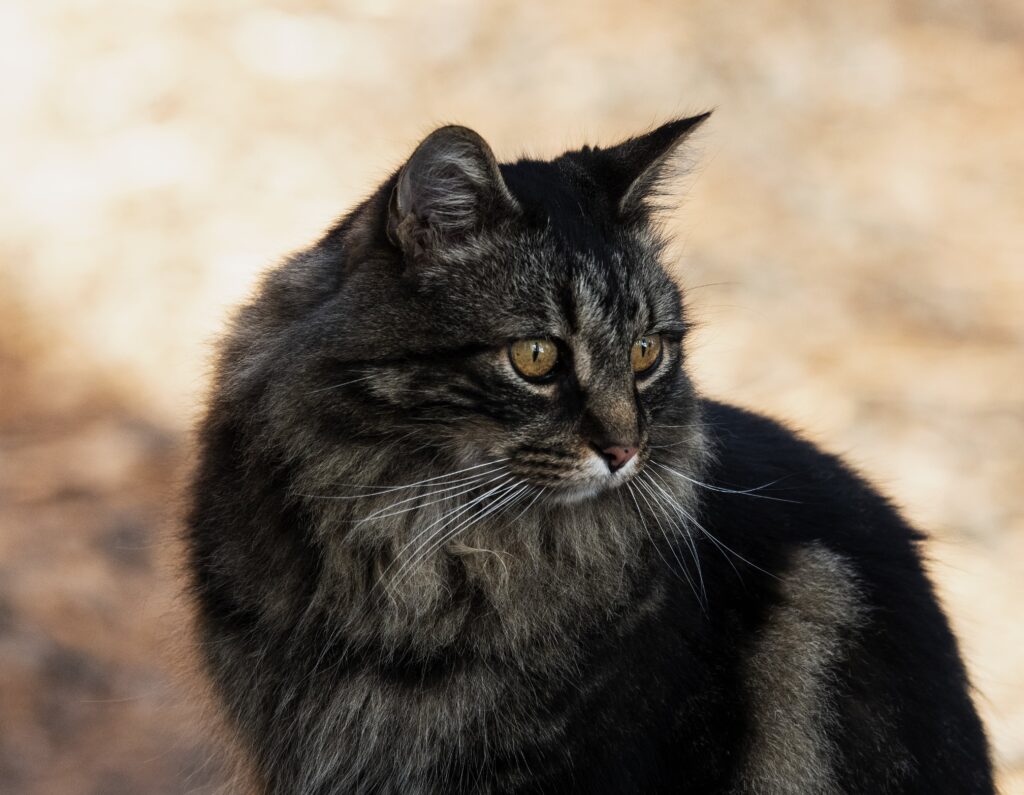
Caring for a Black Tortie Cat
Black tortie cats are not only visually stunning but also often have spirited and independent personalities. Providing the best care for these unique felines involves understanding their general needs as well as their specific grooming, health, dietary, and environmental requirements.
General Care Tips for Tortoiseshell Cats
- Regular Vet Check-ups: Routine veterinary visits are crucial to monitor the health and well-being of your tortie cat. These check-ups can help detect and address any potential health issues early on.
- Vaccinations and Parasite Control: Ensure your cat is up to date with vaccinations and regularly treated for parasites like fleas, ticks, and worms.
- Play and Enrichment: Tortoiseshell cats are often energetic and playful. Providing plenty of toys, scratching posts, and opportunities for interactive play can keep them mentally and physically stimulated.
- Safe Environment: Keep your cat indoors or provide a secure outdoor enclosure to protect them from potential hazards like traffic, predators, and disease.
Special Considerations for Grooming and Health
- Regular Grooming: Although black tortie cats usually have short to medium-length fur, they still benefit from regular brushing to reduce shedding and prevent matting. This also helps distribute natural oils, keeping their coat healthy and shiny.
- Monitor for Health Issues: Keep an eye on any changes in behavior, appetite, or coat condition. Tortie cats, especially male torties with XXY syndrome, can be prone to certain health issues, so vigilance is key.
Dietary and Environmental Needs
- Balanced diet: Depending on your cat’s age, weight, and general health, feed them a nutritious, well-balanced diet. Good commercial cat food usually provides the necessary nutrients and is offered in both wet and dry forms. Consult your veterinarian for advice on a specific diet.
- Weight management: A number of health issues can arise from obesity. To keep your cat at a healthy weight, keep an eye on their weight and make necessary dietary and exercise adjustments.
- Cozy Living Area: Establish a welcoming and energizing living space. Give your cat comfortable places to sleep, climbing frames, and perches from which they may survey their surroundings.
- Litter Box Maintenance: Keep the litter box clean and place it in a quiet, accessible location. Cats are very particular about their litter boxes, and a clean, well-maintained box can prevent litter box issues.
Special Considerations for Male Torties
Male tortie cats with XXY syndrome often require additional care due to their predisposition to certain health conditions. Regular vet visits are essential to monitor and manage any health issues that may arise.
Adopting a Black Tortie Cat
Adopting a black tortie cat can be a rewarding experience, bringing a unique and spirited companion into your home. Before you embark on this journey, it’s important to know where to find these special cats, what to consider before adopting, and How to Make Sure Your New Cat Friend Has a Smooth Transition
Where to Find Black Tortie Cats
- Animal Shelters: Local animal shelters often have a variety of cats, including black torties. Adopting from a shelter not only gives a cat a second chance at a loving home but also helps reduce the number of animals in shelters.
- Rescue Organizations: There are numerous rescue groups dedicated to cats, some specializing in certain breeds or coat patterns. These organizations often have black tortie cats looking for homes.
- Breeders: If you’re looking for a pedigree black tortie cat, reputable breeders can be a good source. Ensure the breeder follows ethical practices, prioritizes the health and well-being of their cats, and provides proper documentation.
- Online Platforms: Websites like Petfinder, Adopt-a-Pet, and local rescue groups’ sites can help you find black tortie cats available for adoption in your area.
Things to Consider Before Adopting
- Lifestyle Compatibility: Ensure that your lifestyle is compatible with having a cat. Black tortie cats can be independent but still require attention, playtime, and care.
- Time and Commitment: Owning a cat is a long-term commitment, often lasting 15 years or more.
- Allergies: Consider any potential allergies in your household. Spending time with a cat before adopting can help identify any allergic reactions.
- Other Pets: If you have other pets, think about how a new cat will fit into the household dynamics. Some torties may be more territorial and require gradual introductions to other animals.
- Financial Responsibility: Owning a cat involves ongoing expenses, including food, litter, toys, grooming supplies, and veterinary care. Be prepared for these costs.
How to Make Sure Your New Cat Friend Has a Smooth Transition
- Prepare Your Home: Before bringing your black tortie cat home, set up a cozy space with all the essentials, including a bed, litter box, food and water bowls, and scratching posts.
- Gradual Introduction: Give your cat time to adjust to its new environment. Allow them to gradually explore the rest of the house after initially limiting them to a limited space, such as a single room.
- Familiarize with New Surroundings: Place familiar items like blankets or toys from the shelter or previous home in their new space to provide comfort and reduce stress.
- Routine and Stability: Cats thrive on routine. Establish regular feeding times, play sessions, and grooming practices to help your cat feel secure.
- Patience and Attention: Be patient and give your new cat time to settle in. Spend quality time with them, offer gentle affection, and let them approach you on their terms.
- Vet Check-Up: Schedule a visit to the vet soon after adoption to ensure your cat is healthy and to discuss vaccinations, spaying/neutering, and any other necessary care.
- Socialization: Gradually introduce your cat to new family members and pets. Use positive reinforcement and create a calm, stress-free environment during introductions.
Adopting a black tortie cat is a fulfilling experience that can bring joy and companionship into your life. By considering all aspects of the adoption process and providing a supportive, loving environment, you can ensure a happy and smooth transition for your new feline friend.
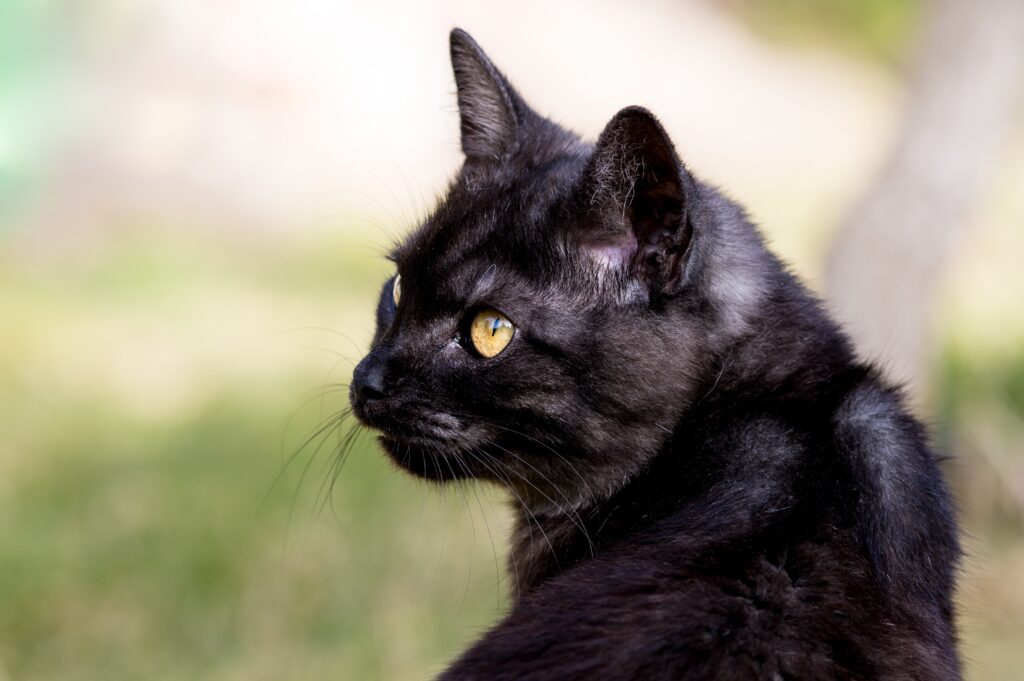
Conclusion
Black tortie cats are uniquely captivating, with their striking coat patterns and spirited personalities. Considering adopting one can bring immense joy and companionship into your life. Whether from a shelter, rescue, or breeder, these cats offer beauty and a lively presence. Welcoming a black tortie cat means embracing their individuality and forming a lasting bond filled with affection and fascination. They’re not just pets but cherished companions, ready to enrich your life in ways only they can.
Read More:

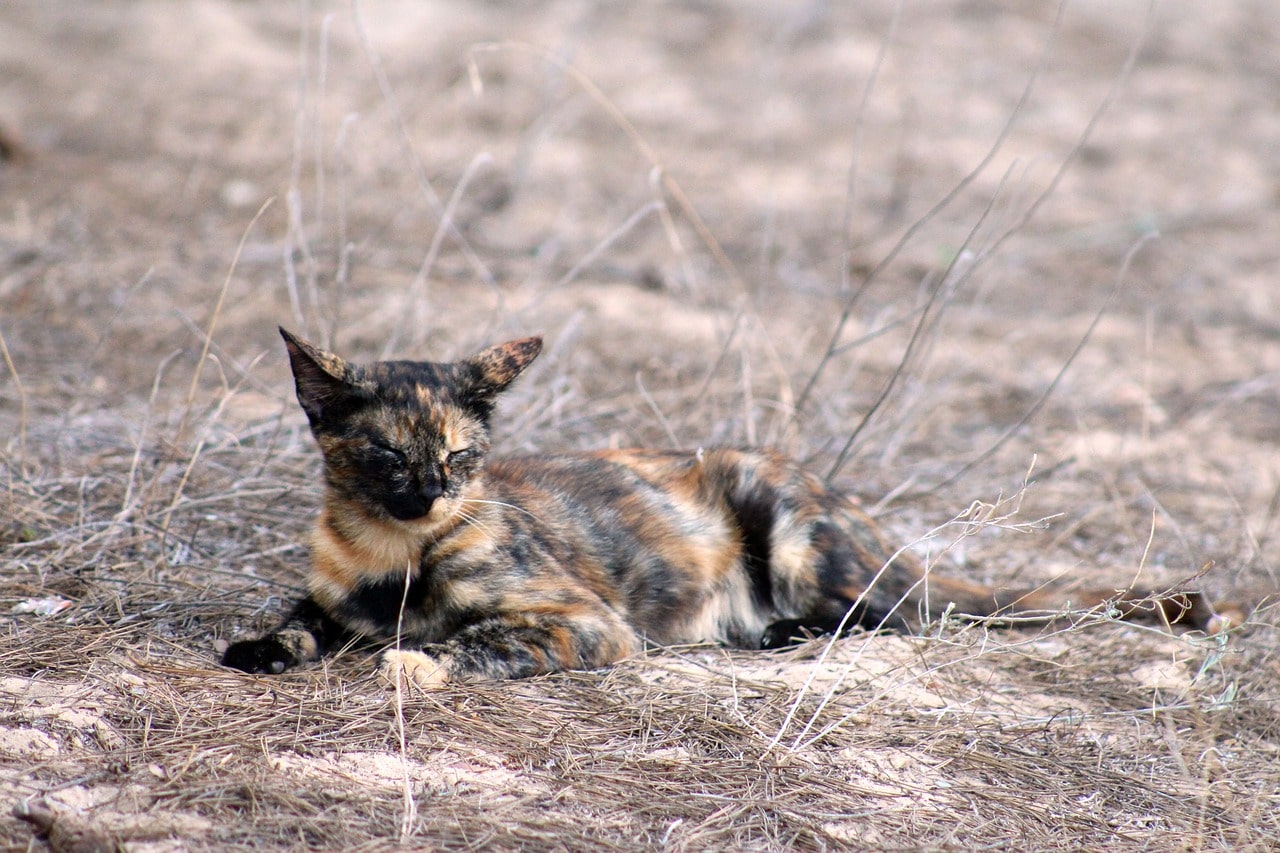
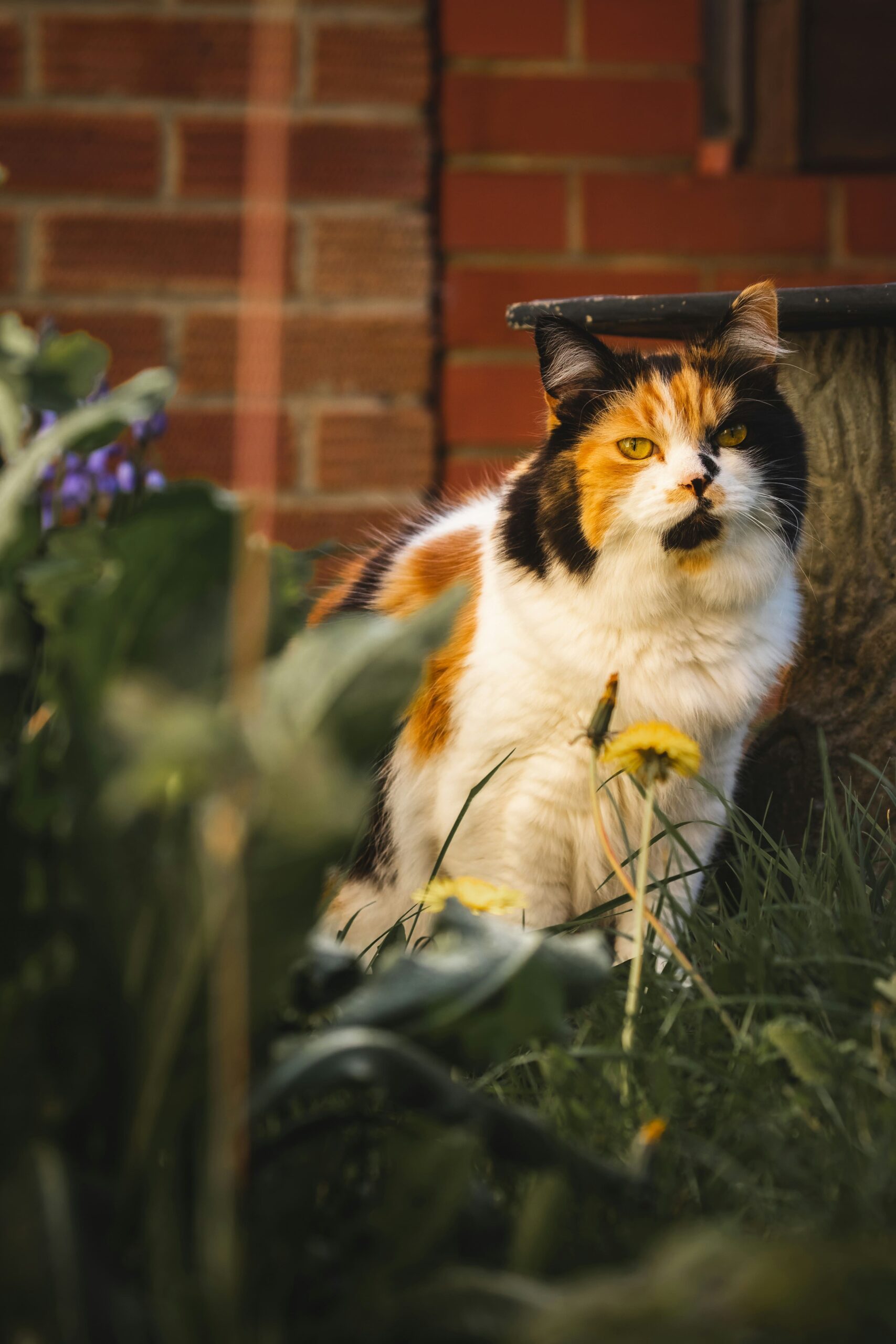
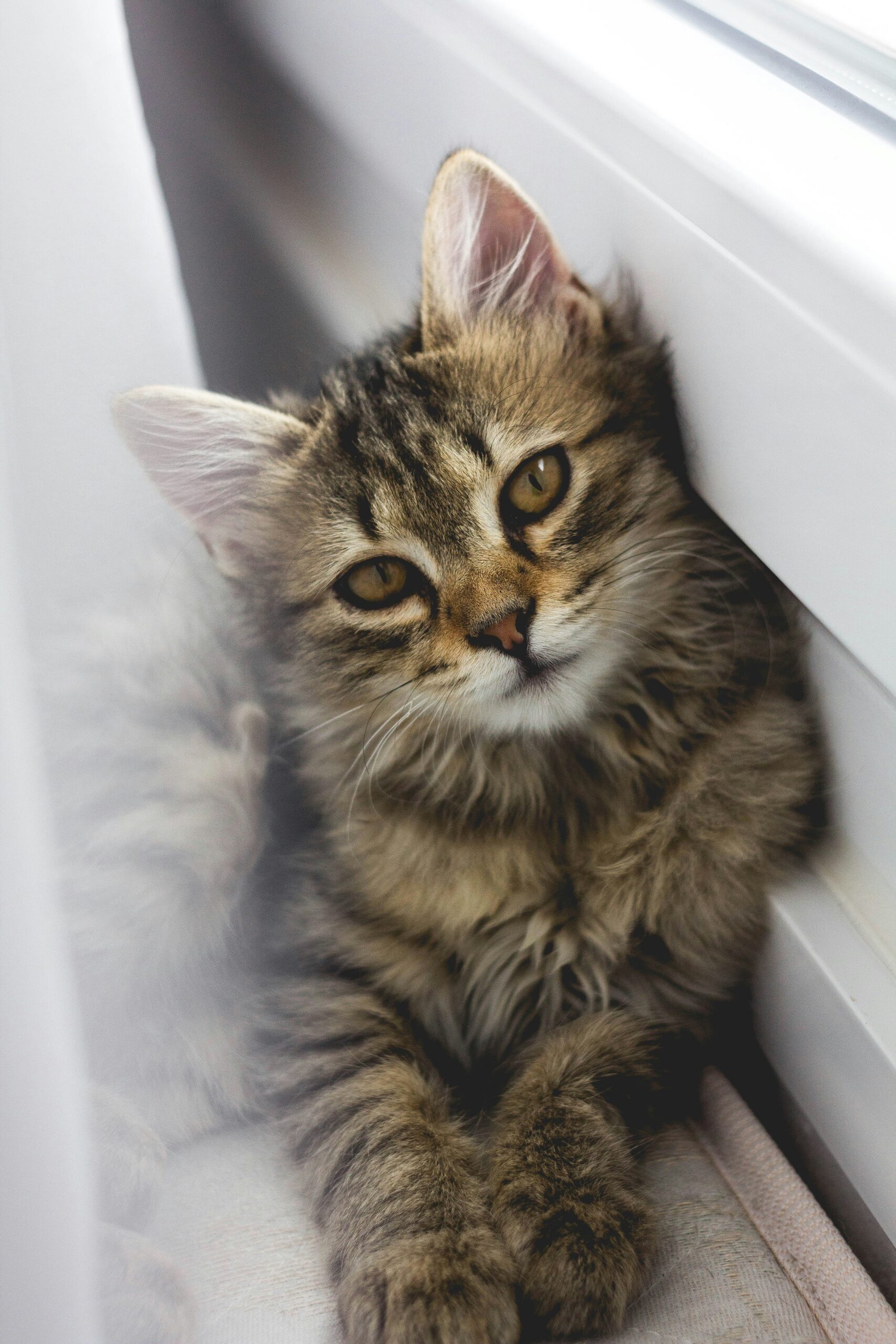
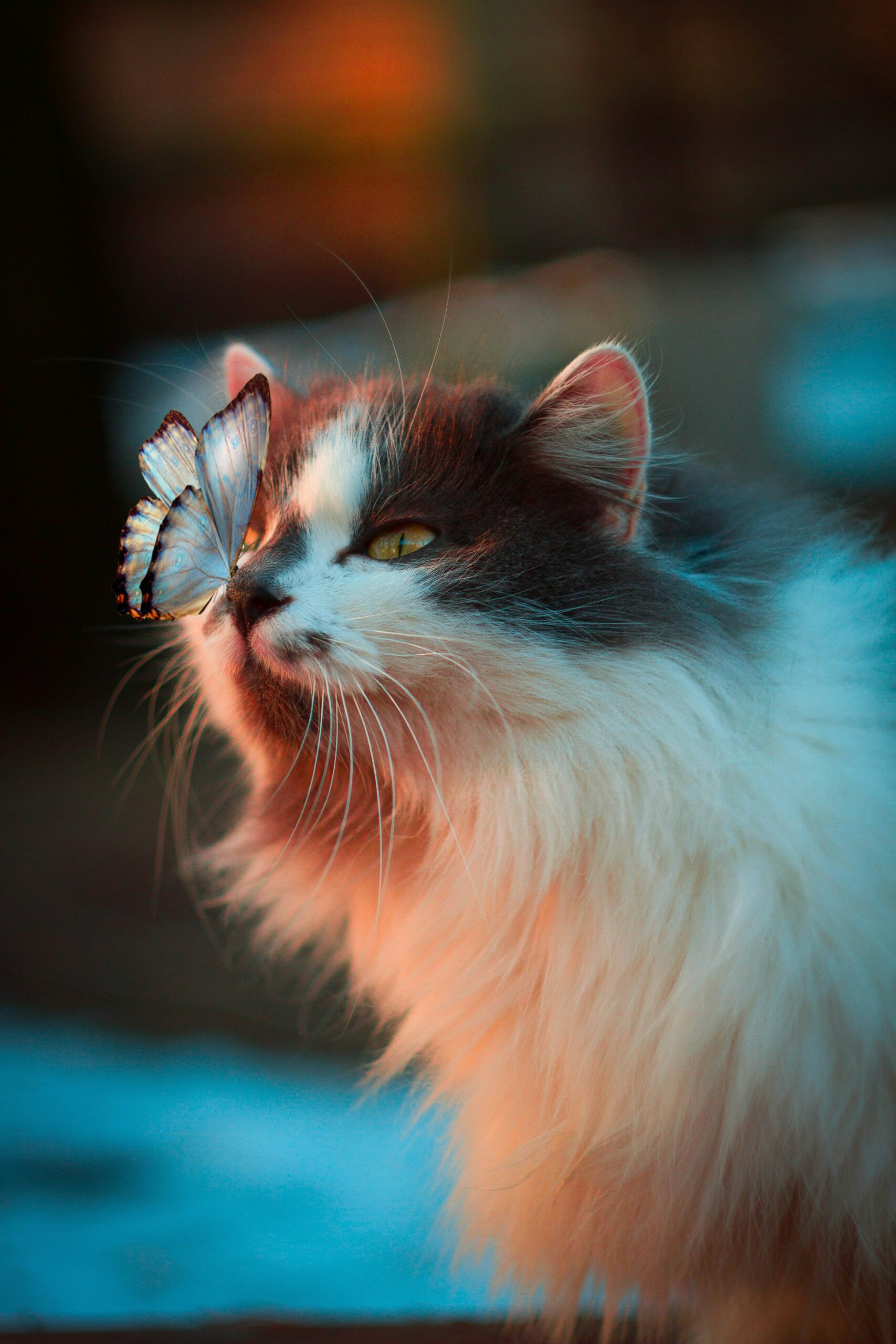
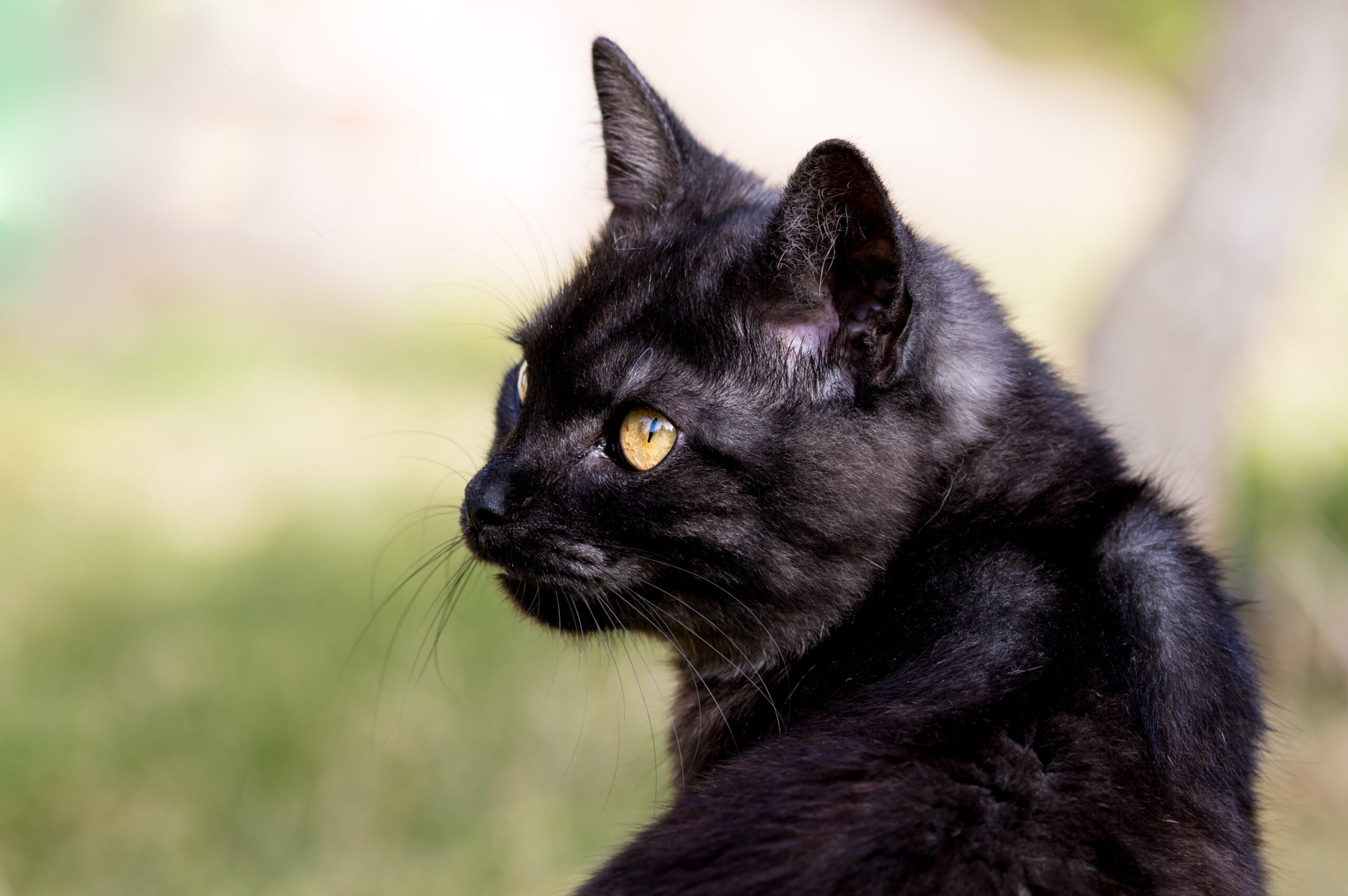


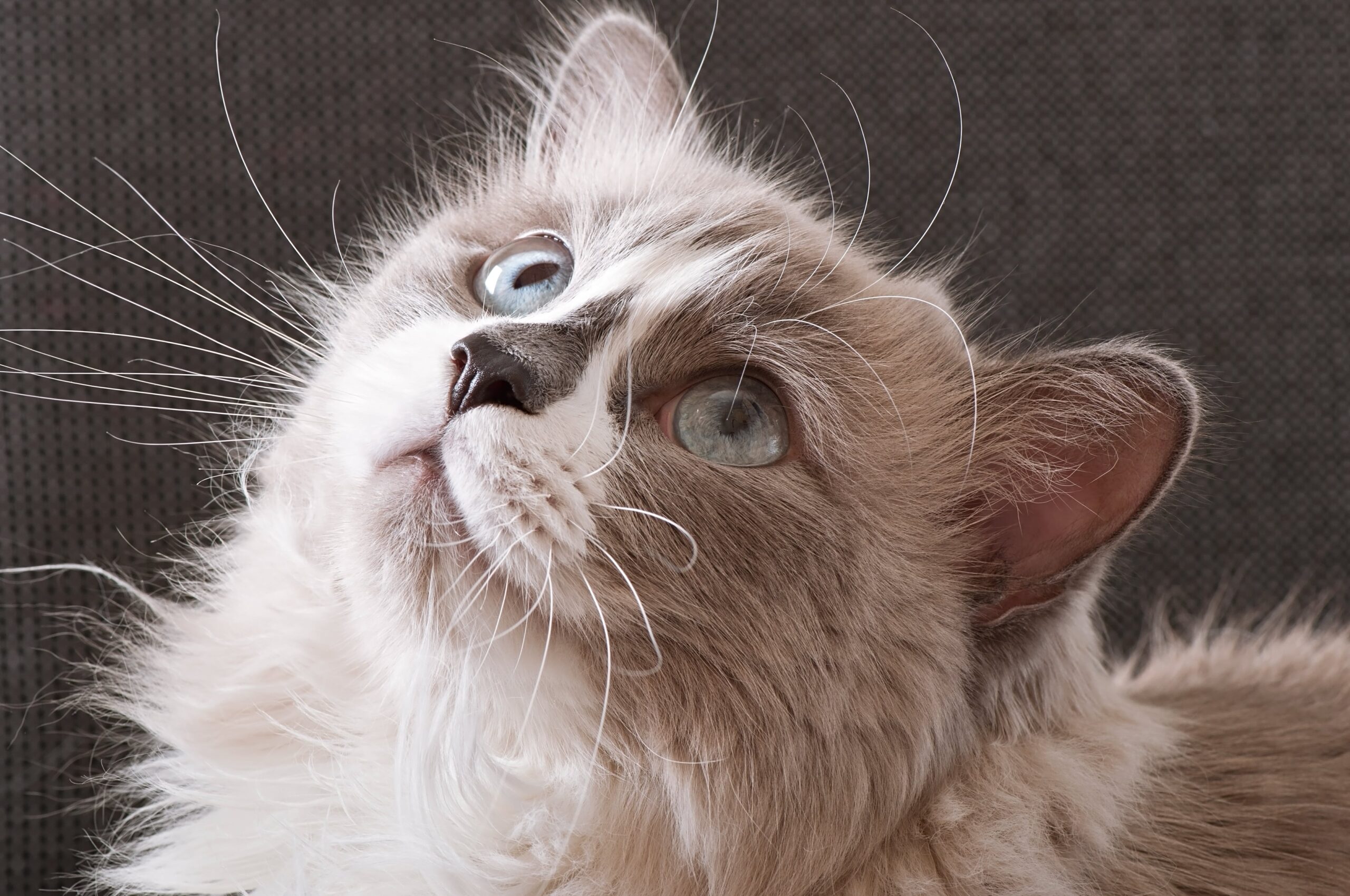
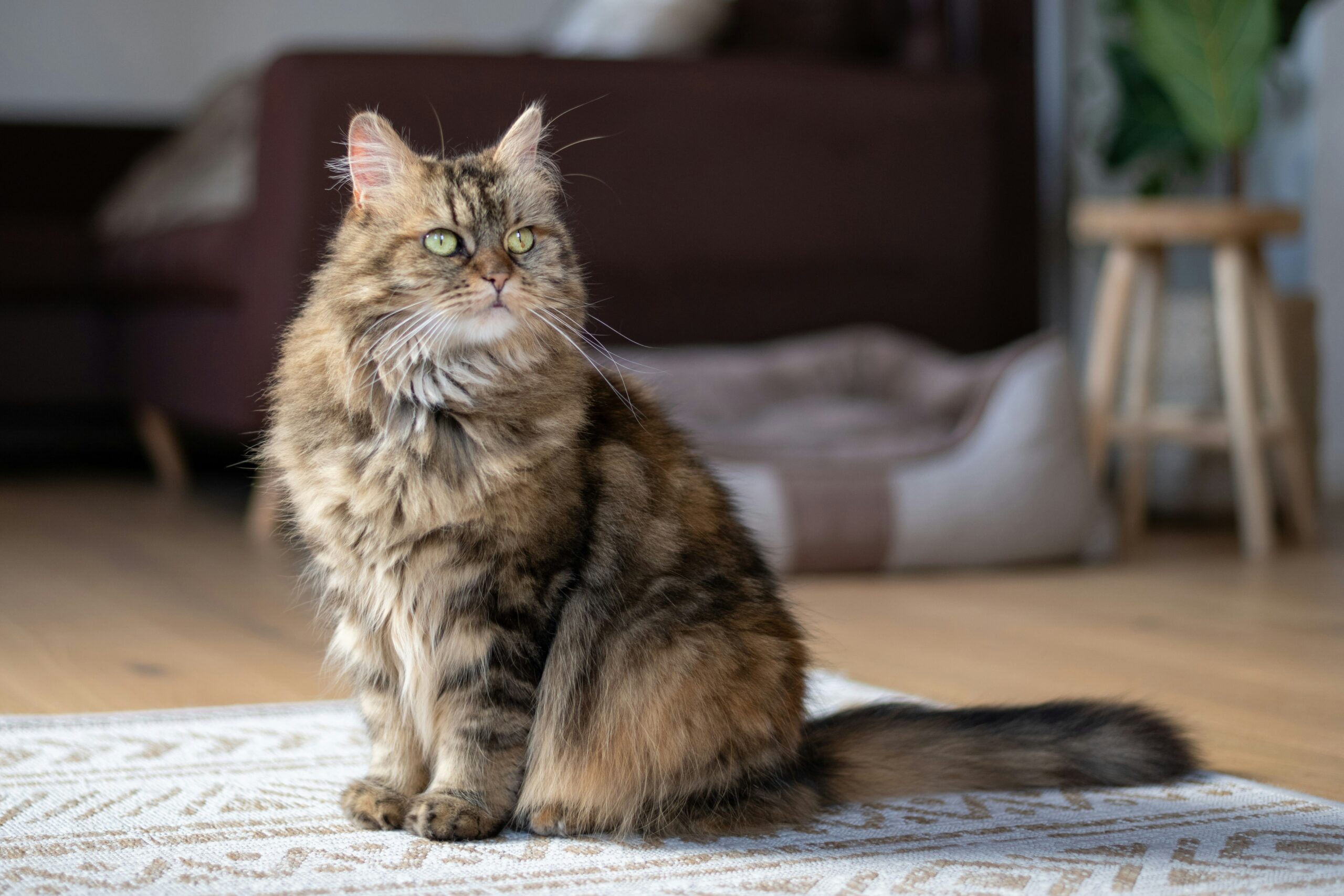
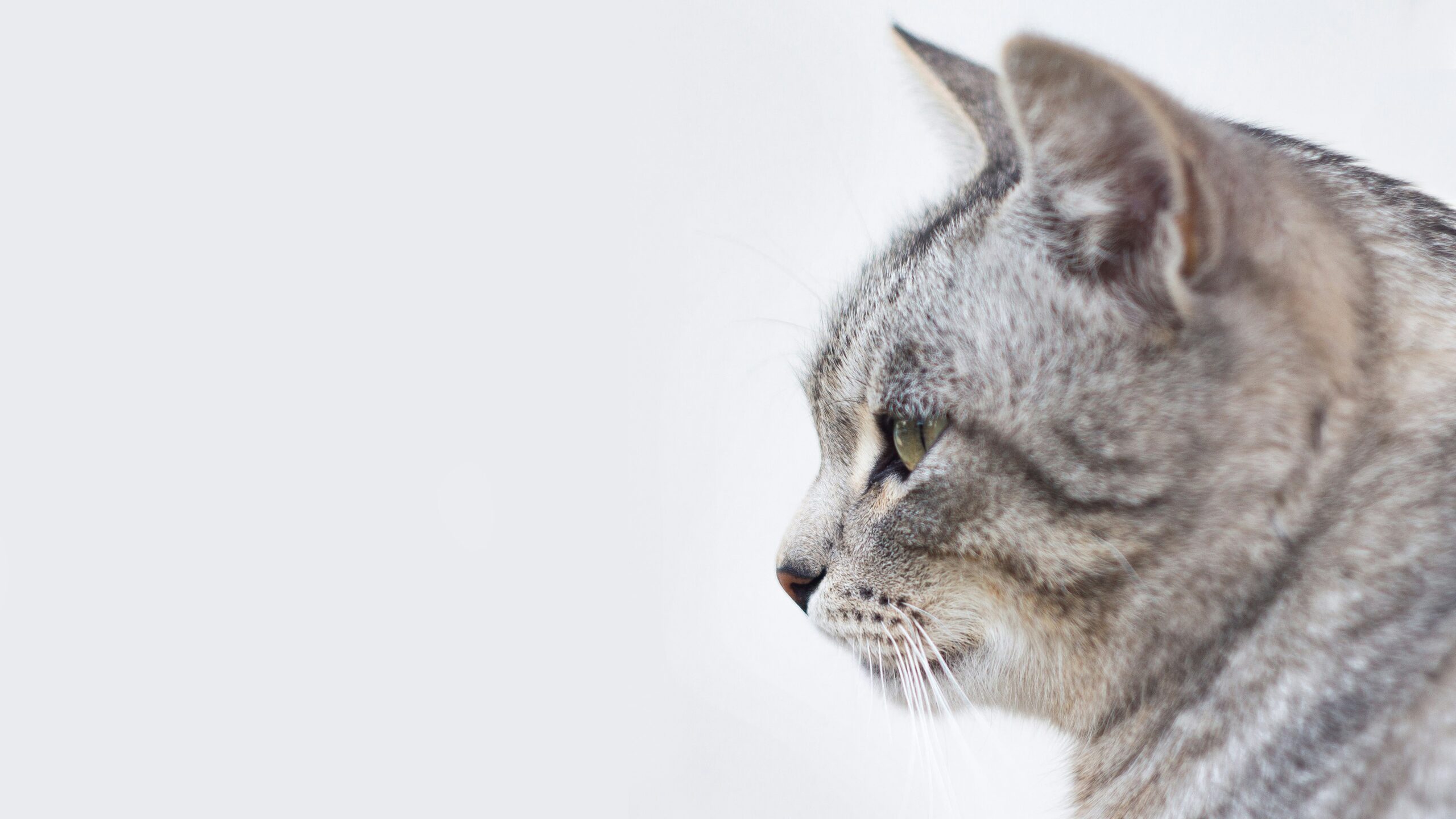
Leave a Reply